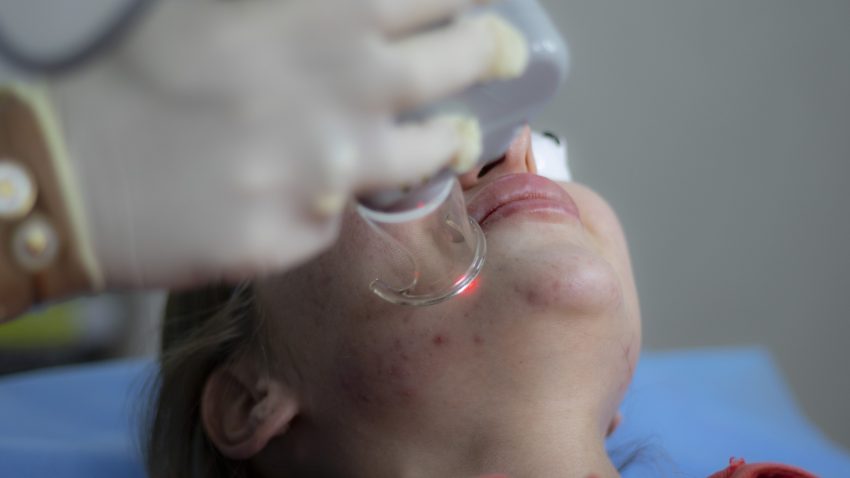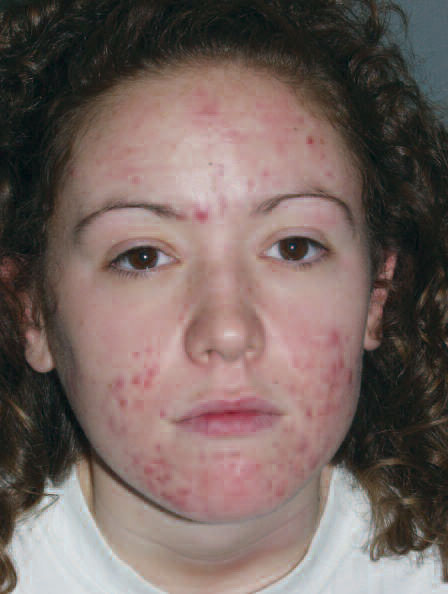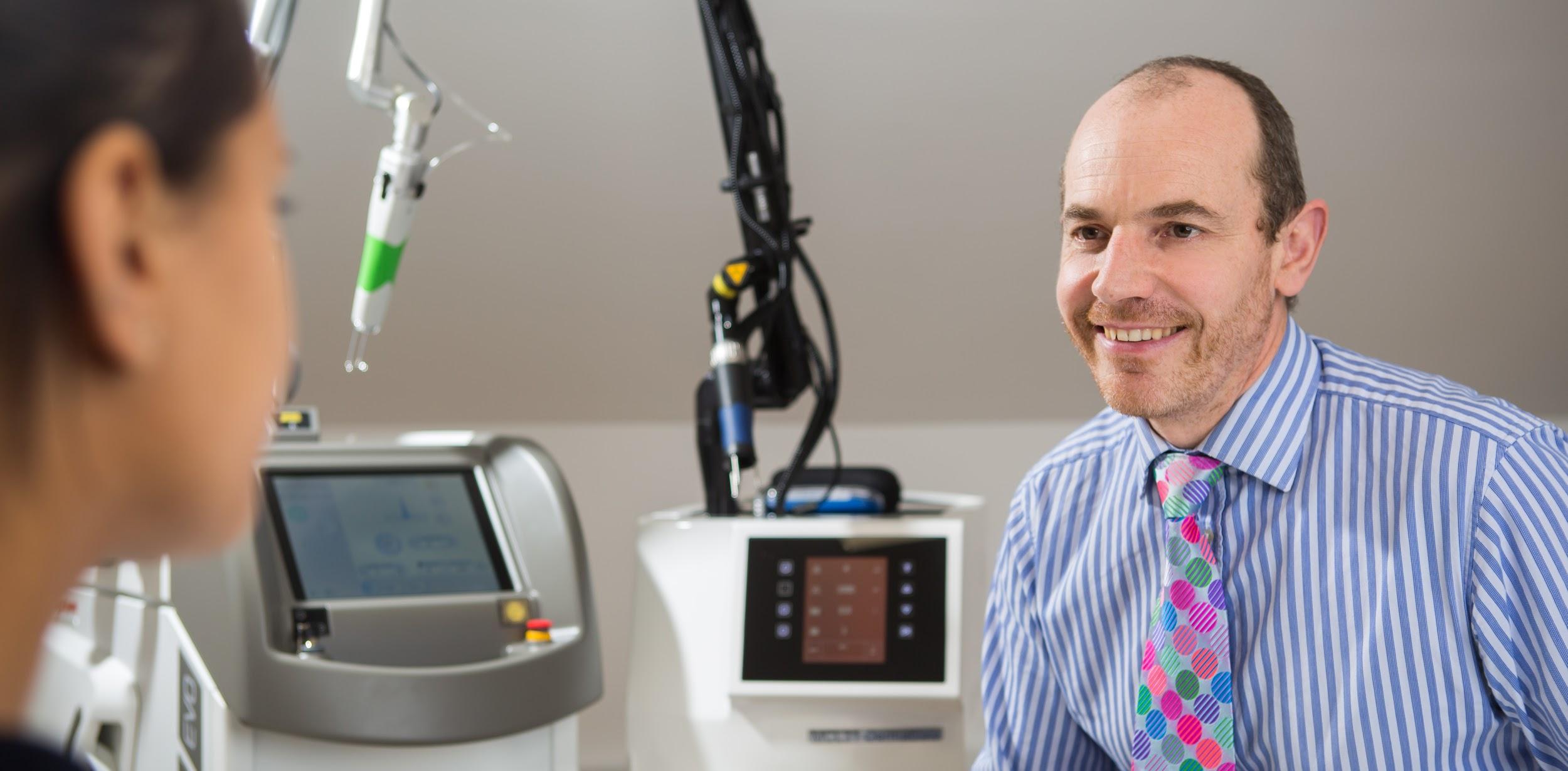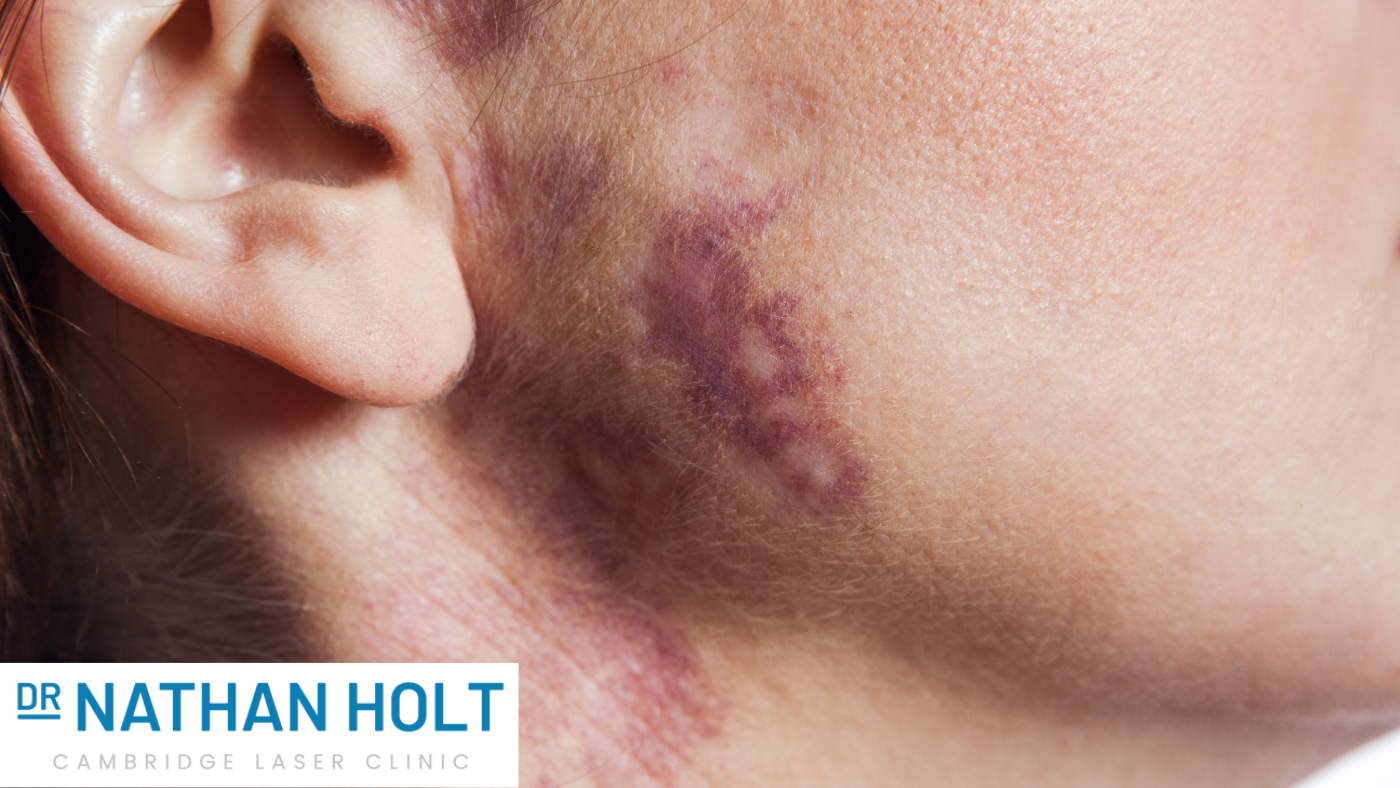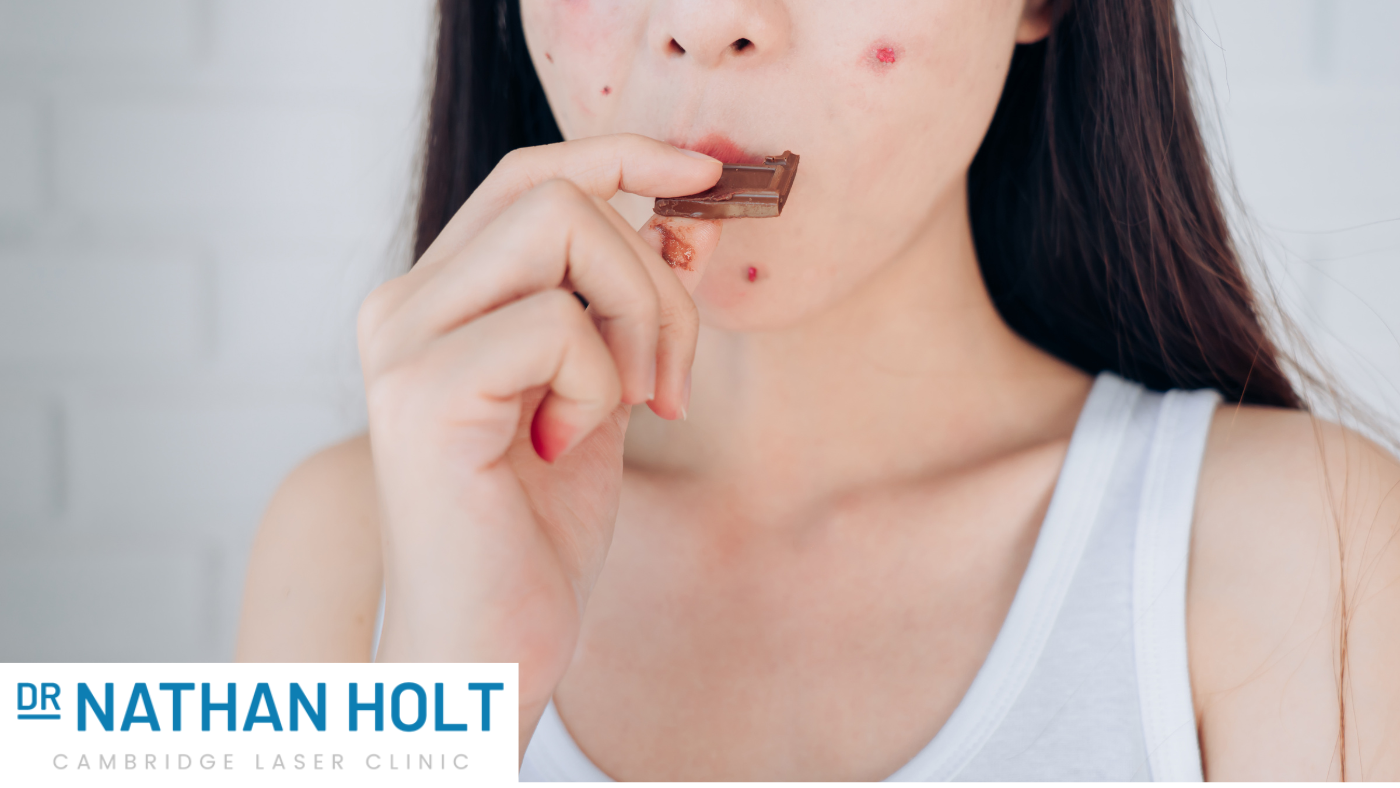Rosacea, a chronic skin condition characterised by facial redness, swelling, and visible blood vessels, can…

How to Take Care of Acne-Prone Skin This Summer
If you are struggling with acne-prone skin, you are not alone. Acne is a skin condition that affects one in ten teenagers and many people in their twenties and thirties. Hormonal changes often kick-start it, but some people notice acne starting to occur much later in life, as late as their forties or fifties, and it affects people of all skin types. Acne predominantly affects the face, but back acne and acne on the jaw and neck are also common.
A lot is unknown about acne, but we know it is caused by the overproduction of sebum and the accumulation of dead skin cells. Acne favours people with oily skin, which can be an environment for bacteria to multiply, causing inflammation.
This can lead to many noticeable signs of acne, such as papules, pustules, nodules or cysts. In most cases, acne will eventually go away, but there are many ways to manage it in the meantime.
Why Does Acne Get Worse in the Summer?
Though acne is present throughout the year, many people find it more difficult during the summer months. Wearing makeup and covering up blemishes becomes much less comfortable with the warmer weather. The increased amount of sweat in the summer can make acne worse.
There is a link between increased sweating, clogged pores, and acne flare-ups. Acne is made worse by wearing heavy sun cream and certain moisturisers for many people. Both are worn regularly during the summer and can contribute to clogging and encourage acne. Therefore, taking care of acne-prone skin in the summer is vital.
How to Look After Acne-Prone Skin During the Summer Months
Use a Lighter Moisturiser – As any skincare expert will tell you, keeping your skin hydrated and moisturised is essential. This is even more essential during the warmer weather. Many people with acne-prone skin consider skipping moisturiser entirely during the summer, but there is no need.
It is important to use a lighter moisturiser. Not only is this more pleasant to wear on a sunny day, but it’s less likely to clog pores and cause visible signs of acne.
Stop Touching Your Face
It can be very tempting to touch your skin during an acne flare-up, especially if it’s sore or causing you to feel self-conscious.
However, this is one of the worst things you can do for acne-prone skin in the summer. Touching your skin increases the amount of dirt and debris on the surface, leading to clogged pores and acne irritations, which usually make acne feel and look worse.
Instead, avoid touching your face and wash your face once or twice a day with a mild cleanser.
Use a Good Sun Cream
Some acne medications, such as the antibiotics doxycycline and minocycline, can increase the skin’s sensitivity to sun.
This increases the chances of you getting sunburned. This is why wearing sun cream is so important for anyone who is being treated for acne via prescribed antibiotics.
Both doxycycline and minocycline are effective means of treating inflammatory acne, but their phototoxic properties do mean that protecting your skin is more important than ever. For adequate sun protection, opt for SPF 15 or SPF 30.
Shower Regularly to Remove Sweat
Whether you have been hanging out at the beach with friends or exercising outside, you are more likely to sweat when it’s warm outside.
This can be bad news for acne-prone skin, as sweat can irritate acne and make it worse. Take care of your acne-prone skin in the summer by showering regularly with gentle cleansers/soaps to remove sweat.
There are specific body washes and shower gels ideal for those with acne-prone skin and those with salicylic acid or benzoyl peroxide. Benzoyl peroxide is excellent as it combats inflamed spots and blackheads.
Keep Stress to a Minimum
Though stress is not a direct cause of acne, studies have shown that acne can be made worse by ongoing and severe stress. It’s thought that this is due to stress reducing the body’s healing time, meaning acne flare-ups and wounds take longer to subside.
Consider Laser Treatments
If your current acne treatments are not working, it might be time to try laser treatment. VBeam 595 nm PDL laser treatment for red, sore, inflammatory acne is an effective way to reduce the signs of acne and improve the appearance of skin.
It works by evening out the skin’s surface using specific and targeted lasers. This encourages the production of new cells and collagen, which helps to reduce the appearance of acne scars. When new skin cells grow, they do so without the signs of acne and with a smoother appearance.
Laser treatment for acne-prone skin also helps to reduce the inflammation associated with scarring and evens out skin pigmentation. Many studies show how much of a difference laser treatments can make on acne-prone skin.

Effective Acne Treatments
As you can see, there are several things you can do to take care of acne-prone skin this summer. Various treatments are available for treating acne, such as laser and hydrafacial treatments. To find out more about either of these, speak to a specialist.


